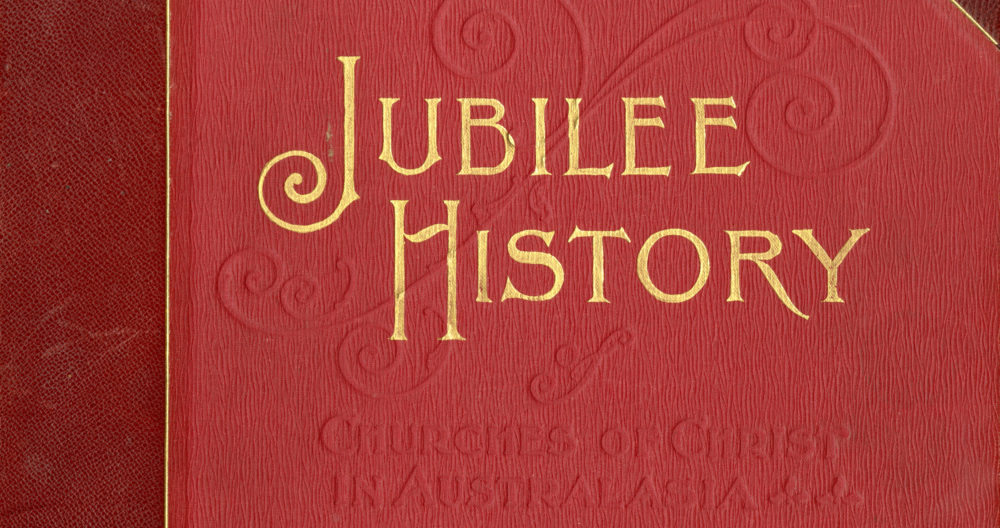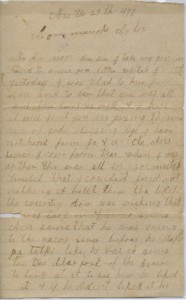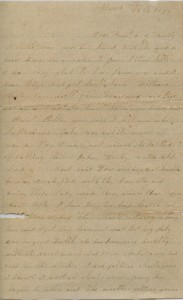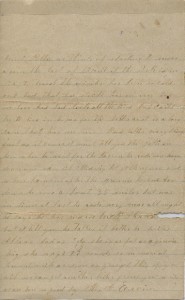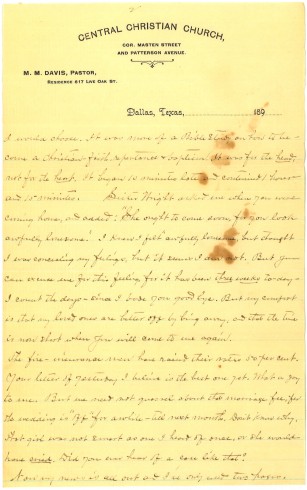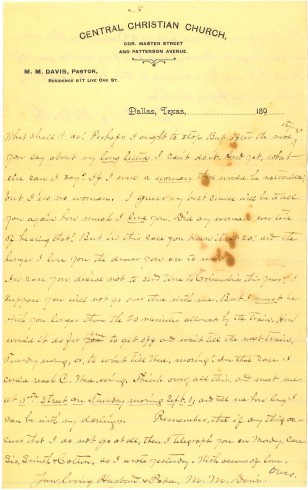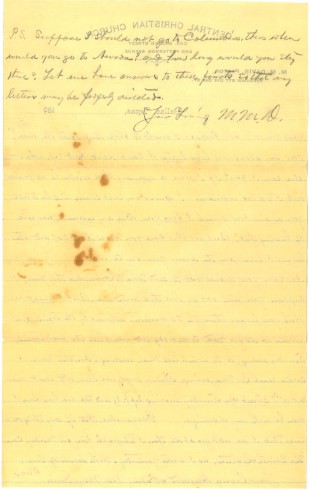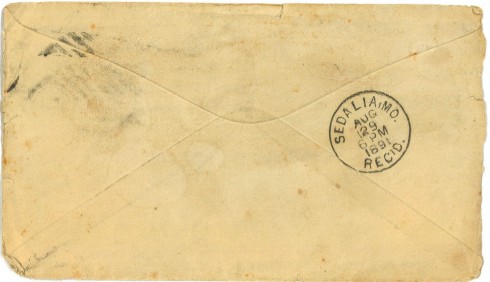The opulent majesty of the Italian opera has come right to Abilene’s doorstep. Special Collections is proud to announce the acquisition of the Martha Helen Pender Papers. Now open to the public, researchers and fans alike may peruse the artifacts of Martha Pender’s adventures abroad as an operatic star amid the classical, venerated streets of Rome. They may also witness the heart and work Martha Pender put into operating the Abilene Opera Association (AOA).
Born and raised in Abilene, Pender quickly spread her wings and chased her dreams all the way to Rome in 1949 to study voice under the tutelage of Fernando Calcatelli. She successfully made her operatic debut in 1954 as the leading soprano in “Cavalleria Rusticana,” alongside famous tenor, Beniamino Gigli. Received with emblazoned applause, Martha Pender spent the next 17 years traveling throughout Europe, performing in multiple operas with the Association of Lyric Artists. Pender, with the gypsy-soul of most artists, didn’t stay in one place for long and by the 1960s she had returned to her native-land of Texas. Back in Abilene, Martha Pender founded the AOA and served as its producer for many years. Among Pender’s many other illustrious accomplishments, she earned a Masters from the University of Texas in Austin and taught at various universities throughout the country.
Bequeathed to Special Collections are numerous programs, performance reviews, and fan mail from Pender’s days in Rome. Many pictures from Martha Pender’s career as an opera singer are also included in the collection. The collection is divided into two series. The first being Martha Pender’s personal papers and the second being materials related to the AOA. In this series one will find administrative files on the shows organized by the AOA and memorabilia from performances such as, pictures, programs, and posters.
